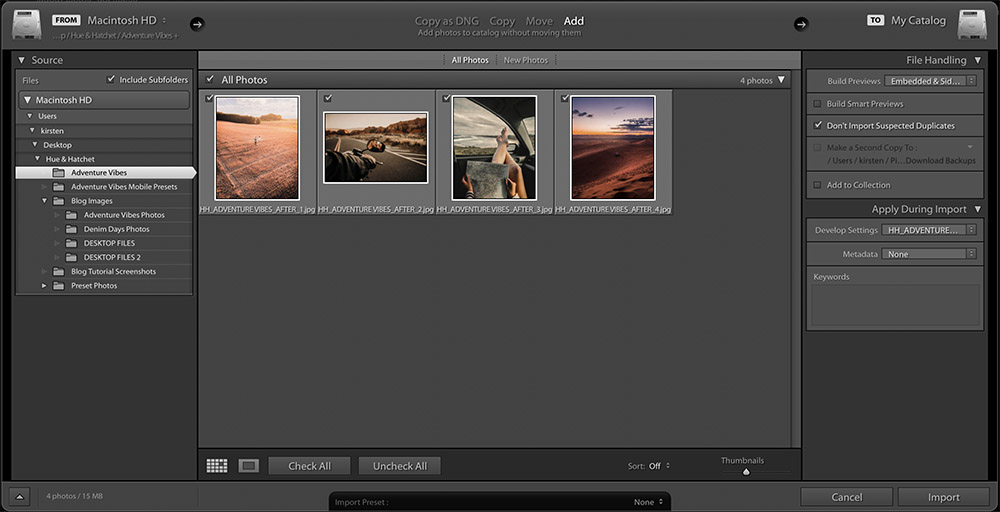

- #Difference between lightroom and lightroom classic how to
- #Difference between lightroom and lightroom classic full
- #Difference between lightroom and lightroom classic plus
In other words: You can select an image, then walk back through its editing steps (and read the often-accompanying explanations). The Learn library is an incredible resource for beginners (and even experienced photographers)!ĭiscover is a library of start-to-finish edits.
#Difference between lightroom and lightroom classic how to
It’s a fantastic way to learn – not just how to use Lightroom, but also how to edit more generally, especially because tutorials are uploaded by expert photographers from all over the world. Each tutorial takes you through an image from start to finish, and lets you make the changes (by following clear, specific directions).

Learn is a library of interactive Lightroom tutorials. Lightroom Classic is a much older program, so it’s not surprising that most online tutorials and courses focus on Classic rather than the cloud-based Lightroom.īut thanks to a recent update, Lightroom offers two invaluable resources that Lightroom Classic lacks: Some photographers – especially landscape photographers – love range masking, whereas others ignore it, but I do think it’s a major omission (one that Adobe will hopefully correct in a future update). Range masking is an advanced feature: it allows you to target adjustments based on either brightness or color (for instance, you could sharpen only the shadows of an image, or add contrast to just the blues). Third, Lightroom lacks the range masking capabilities of Lightroom Classic. The Camera Calibration panel in Lightroom Classic.
#Difference between lightroom and lightroom classic plus
You can also add star ratings, keywords, and metadata to your images, you can filter through images based on all of the above criteria, plus you can export images with custom sizing, renaming, and more. In Classic, you can group images using hard-drive folders (i.e., folders already existing on your desktop) or Lightroom-based Collections (i.e., containers that exist only within Lightroom). Lightroom Classic offers a pro-level digital asset management (DAM) feature set. So if you want to enhance your Lightroom experienced with plugins such as Luminar, you’ll need to work in Classic, not Lightroom.

For casual photographers, 1 TB should be more than enough, but frequent shooters with large or growing image catalogs may find the limitation frustrating.Īlso, while Lightroom’s mobile-centric workflow is highly useful, it does come with a major drawback:Īt the time of writing, there’s no plugin functionality. This means users can switch between applying general adjustments on a mobile device to fine-tuning advanced edits on a computer monitor.Ĭloud storage isn’t unlimited, and at present Adobe offers two plans: a 20 GB plan and a 1 TB plan, with the option to add storage for a (significant) monthly fee. When you make a change to an image on one device, that same change will be made on all devices for a seamless multi-device editing experience.
#Difference between lightroom and lightroom classic full
Importantly, Adobe Lightroom does not save your images to a local hard drive.Īs soon as you add an image, it’s uploaded to the Cloud and made immediately accessible – at full resolution! – to your other devices with Lightroom installed (e.g., a smartphone). (Other module functionality, such as print preparation, is completely axed.) Lightroom’s simple interface is great for beginners. These days, Lightroom Classic is used by beginners, enthusiasts, and professionals alike, who praise its comprehensive approach to digital asset management, as well as its in-depth editing features. Since its original release, Lightroom Classic has gone through quite a few upgrades, but the program offers the same desktop-based, thorough approach to image editing, image conversion, and photo organization that was so popular back in 2007.


 0 kommentar(er)
0 kommentar(er)
